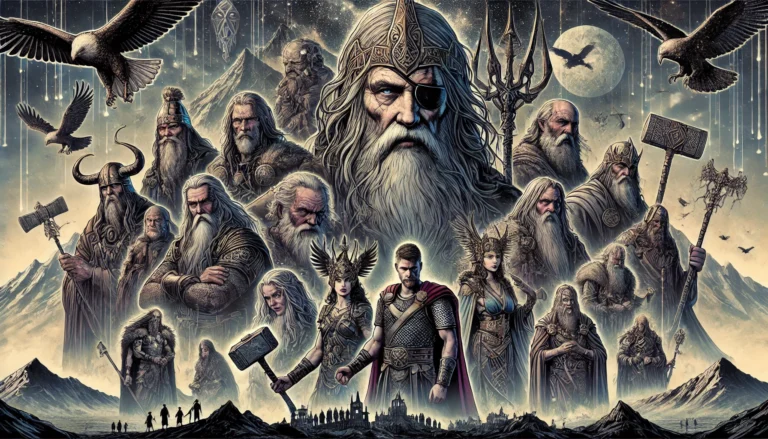We talk a lot about the most well-known Norse gods. Odin, the All-Father and god of war and wisdom, Thor, the god of thunder and protector, Freyja, the goddess of love and fertility, and many more.
We enjoy reading the stories preserved about them and unpicking what they can reveal about these fascinating deities.
But while we have dedicated articles on the blog to about twenty Norse gods, there are many more about whom we just don’t know enough to dedicate a full page.
These gods are often mentioned only in passing, sometimes with a few words about their purpose, but often we are forced to turn to etymology to guess what they signified to the Vikings.
They represent pieces of the puzzle of Norse mythology that we may never be able to place.
Below we take a look at 10 of the lesser-known Norse gods.
Beyla and Byggvir
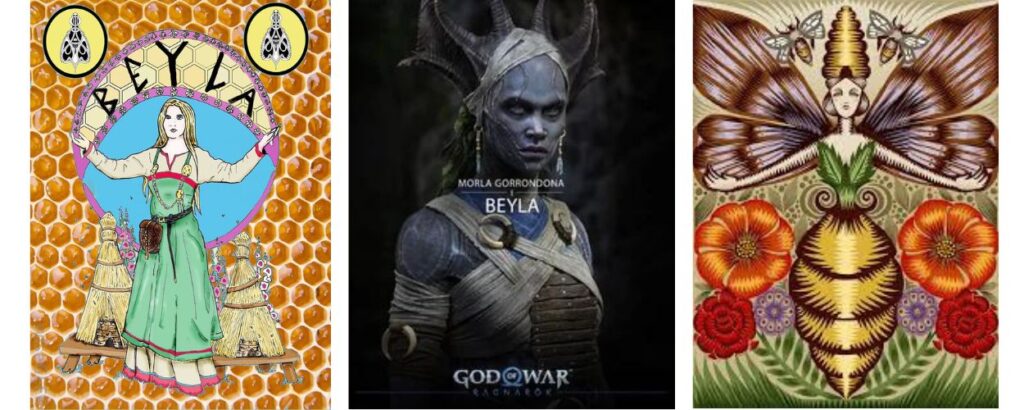
Beyla and Byggvir are mentioned in the introduction to the Lokasenna, suggesting that they were important enough to be at the feast of the gods that Loki crashes to insult everyone.
In the surviving text, Beyla tells the room that she hears Thor coming and that he will be able to silence the slanderous Loki.
The trickster, who calls Beyla the wife of Byggvir, tells her to be silent because she is steeped in shame and filth that brings shame to the gods.
The name Beyla could mean cow, bean, or bee, and on this basis, scholars have suggested that she was an agricultural goddess, often preferring an association with bees.
However, some scholars have also suggested that she was the goddess of cow manure, which brings fertility. Her husband would then be the god of something similar, like chaff.
This could explain why Loki chooses to call her “filthy”.
Dagr, Dellinger, and Nott
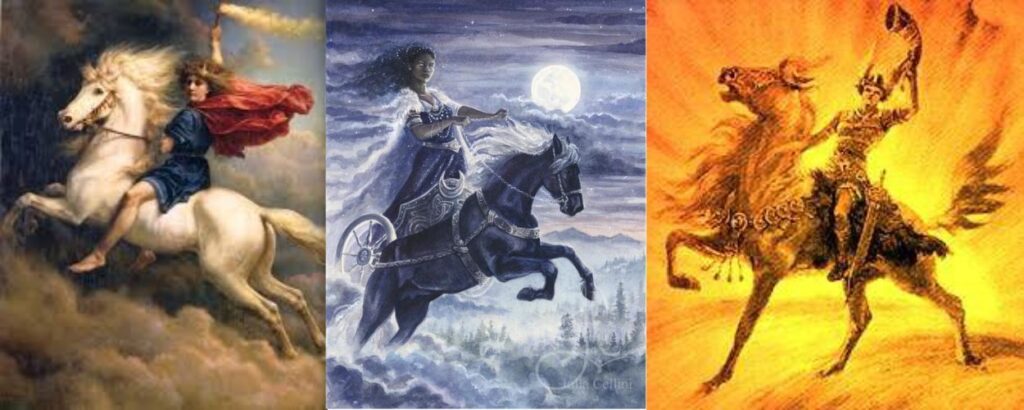
Dagr, whose name means day in Old Norse, was the Norse god the day.
He is said to be the son of Dellinger, who seems to be the personification of the dawn and is one of the Aesir. Dagr is said to shine as bright and beautiful as his father’s people.
Dellinger was the partner of Nott, the night sky, who seems to have been a giant as the daughter of Norvi. According to the Gylfaginning, it was Odin who placed them all in the sky.
All three gods are described as riding chariots across the sky, but Dagr is also associated with a horse called Skinfaxi, which means “shining mane”.
The horse is described as adorned with precious jewels that make it shine as it passes over Midgard.
Nott also had a horse, Hrimfaxi, which means “frosted mane”. It is said that she draws the moon across the sky each night, and lets foam from her horse’s bit fall every morning, creating dew in the valleys.
Nott is elsewhere described as black and swarthy and having been married twice before Dellinger.
She was first married to Naglfari and had a son called Audr.
Little else is known about these characters. Nott’s second husband was Annar, with whom she gave birth to the giantess Jord, a personification of the earth and mother of Thor.
In the Sigrdrifumal, the Valkyrie Sigrdrifa says a heathen prayer that hails Dagr and his sons and Nott and her daughter and implores them for victory.
Hoenir
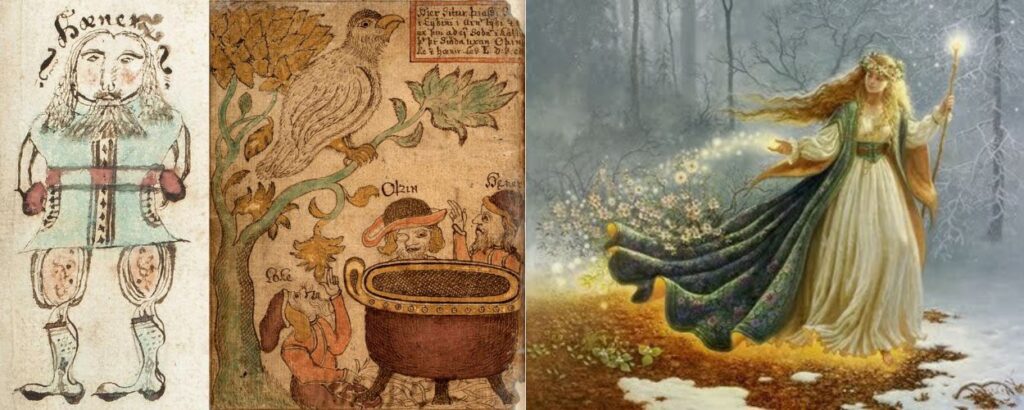
Hoenir is one of the Aesir gods who, according to the Voluspa, helped Odin create the first human beings, Ask and Embla.
He is said to have bestowed them with reason and intellect. In the Gylfaginning, it is Odin’s brothers Vili and Ve who helped him with this task, so Hoenir may be an alternative name for one of the brothers.
In the Ynglinga saga, after the Aesir-Vanir War, Honeir and Mimir are sent to Vanaheim to live among the Vanir gods as hostages.
Hoenir was swiftly made the new chief of the Vanir with Mimir as his advisor.
But the Vanir soon grew suspicious of Hoenir when they realized that he relied on Mimir to make all his decisions and could not even make a simple decision without his advisor.
They subsequently killed Mimir, but it is not recorded what might have happened to Hoenir.
He may well have survived, as Snorri Sturluson, is his version of the ending of the Ragnarök myth where the work re-emerges, says that Hoenir was one of the gods who survived to rebuild the world.
But he may have been already dead. Balder and Hodr survive Ragnarök because they were already dead and living in Helheim, but the destruction of the world allowed them to leave.
Hoenir is sometimes described as accompanying Odin on his travels, usually with Loki as well, so he probably survived his period in Vanaheim.
Lofn
Lofn seems to have been an Aesir goddess of forbidden or difficult love matches.
She is described as a goddess with a gentle manner who arranges marriages and can be invoked to help those who want to pursue an otherwise forbidden marriage.
It is Odin and Frigg who gave her permission to organize these unions. In Kennings, her name is often invoked as a poetic reference to women in general.
Meili
Meili is a Norse god whose name means “lovely one” and is described as the son of Odin and the giantess Jord, making him a full-blood brother to Thor.
He is known almost exclusively through Kenning-references to Thor as “Meili’s brother”.
Odr
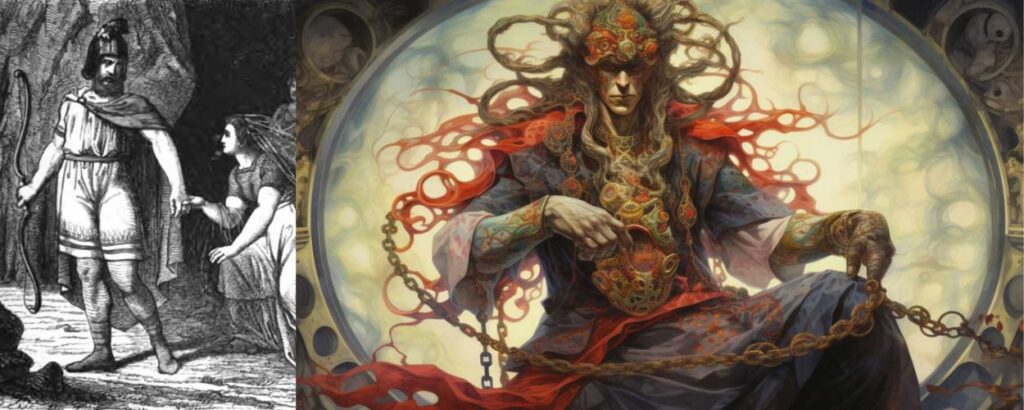
Odr is the Norse god of madness and frantic feelings.
He is most well known as the husband of Freyja.
When she arrived in Asgard as a hostage following the Aesir-Vanir War, she was married to her twin brother Freyr.
This was considered an abomination by the Aesir gods, so they annulled the marriage and married Freyja to Odr.
Together they have two daughters that rival their mother in beauty, Hnoss, and Gersemi.
Odr has a penchant for traveling and will often abandon his wife for extended periods as he travels the world.
This causes her great sorrow, and she weeps.
When her tears touch land they turn into gold, and when they touch water, they turn into amber.
Odr is also described as always full of desire, and there are some suggestions that it may be an alternative name for Odin, whom himself took Freyja as his wife.
This would explain similarities between Odin and Odr, as the All-Father also liked to wander.
It could also explain similarities between Freyja and Odin’s wife Frigg, who may have been one and the same in earlier mythology.
Saga
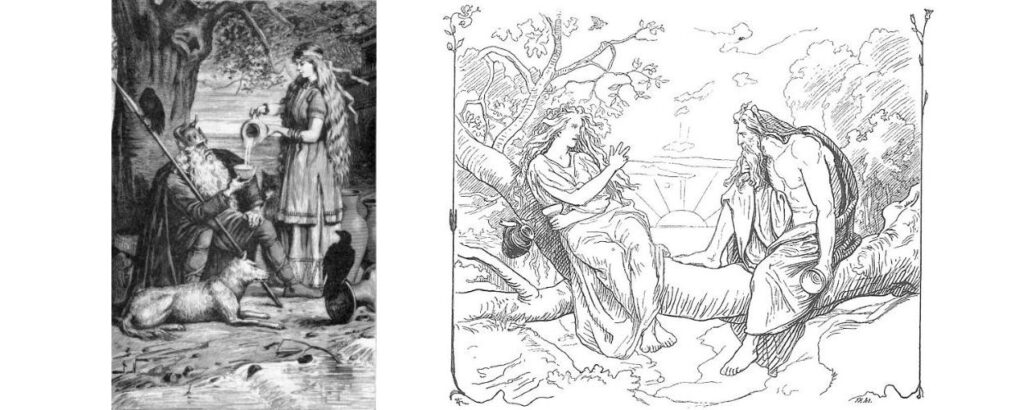
The Norse goddess Saga is associated with the island Sakkavbar, which means fallen bank.
She often meets with Odin on this island, where the two eat and drink together, and she has clairvoyant abilities.
For this reason, many scholars suggest that Saga is an alternative name for Frigg, Odin’s wife who was also a seer.
Sjofn
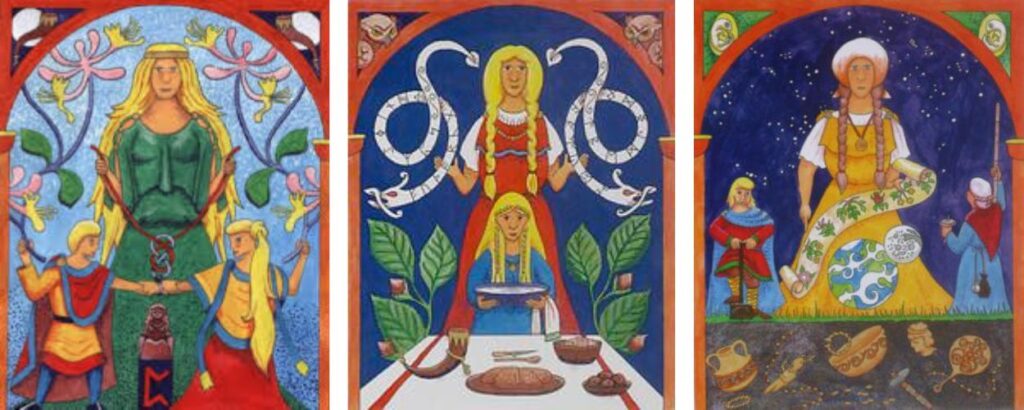
Sjofn is yet another Norse goddess associated with love. Listed among the Aesir gods in the Gylfaginning, it is said that she is concerned with directing the minds of men and women to love, a bit like a cupid.
Snotra
Snotra is another goddess listed among the Aesir but about whom little else is known.
She is described as wise and courteous, which has led modern scholars to suggest that she was a goddess of wisdom.
Var
Var is a Norse goddess whose name means pledge and is associated with oaths and agreements.
In the story of Thor crossdressing as Freyja to retrieve his hammer from the giant Thrym, the giant calls on Var to bless the marriage.
Elsewhere, Odin in the guise f High explains that Var listens to oaths and private agreements that men and women make with each other and punishes those who break them.
